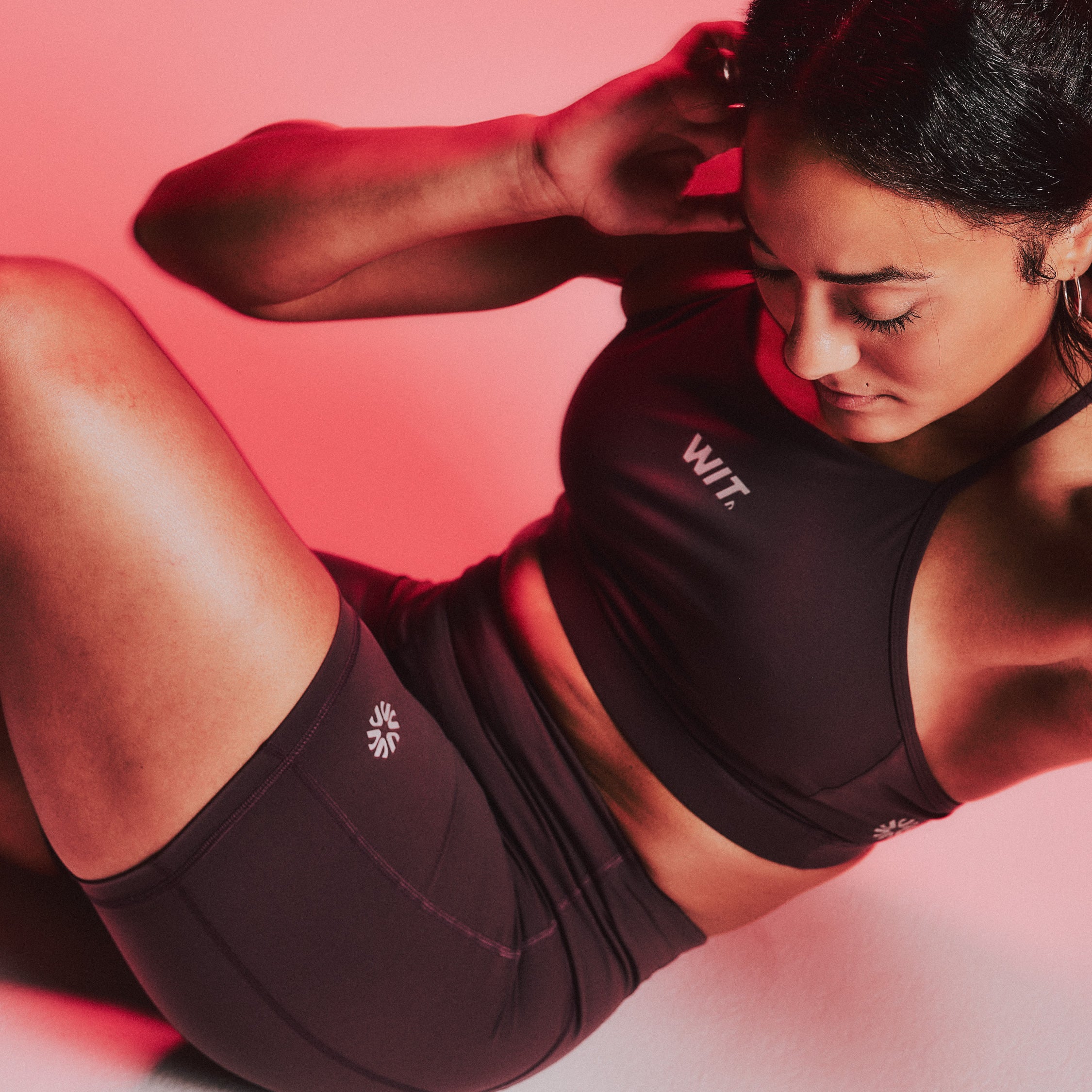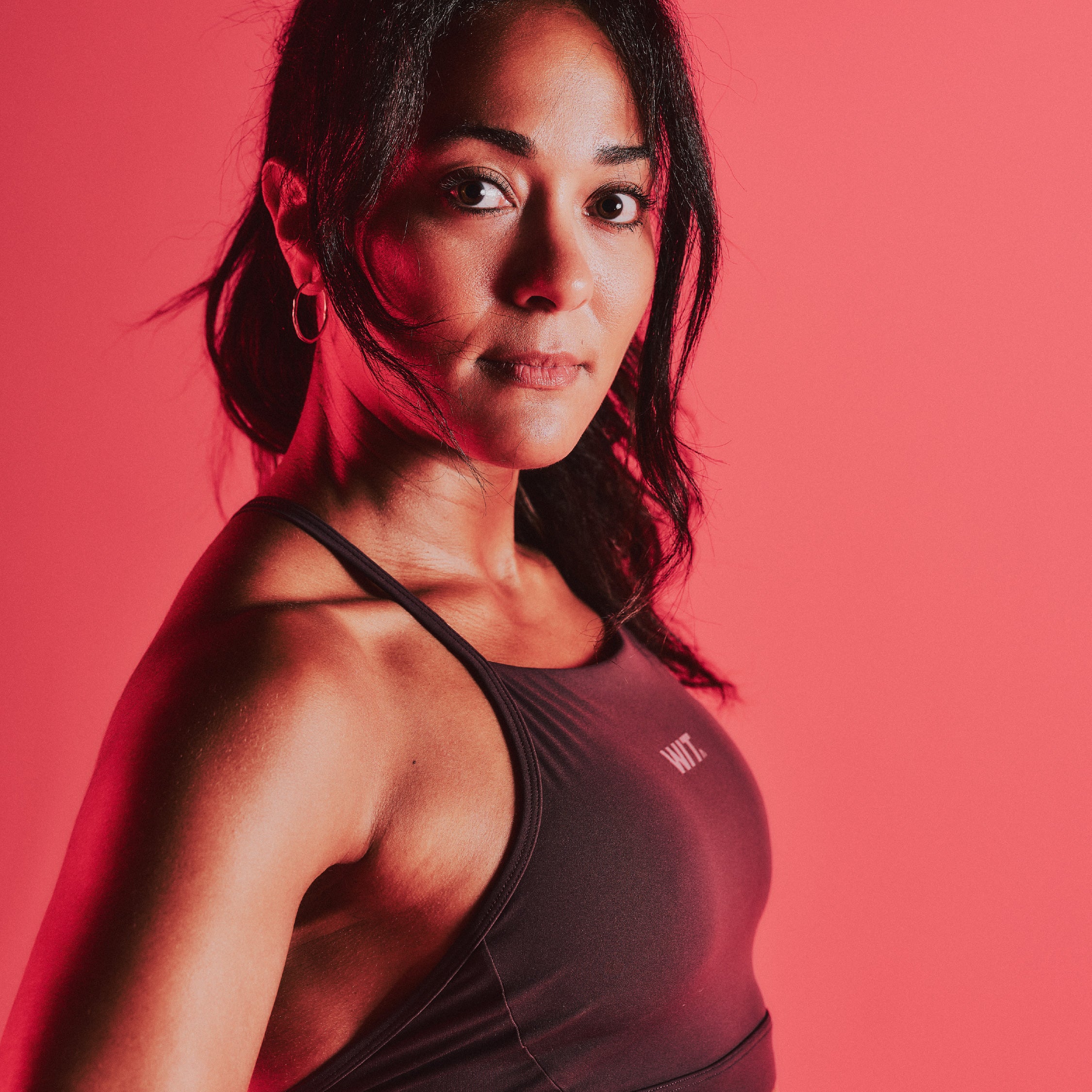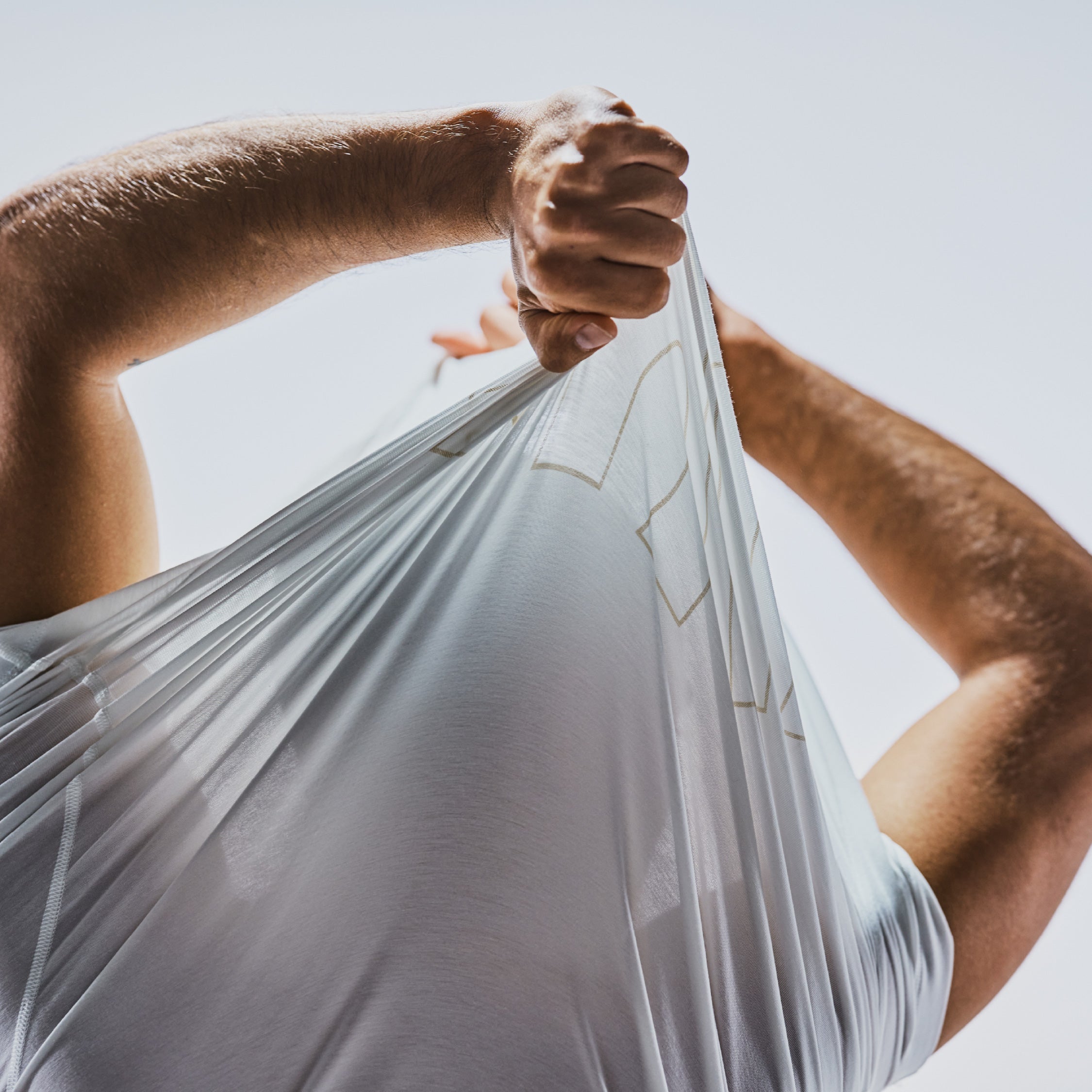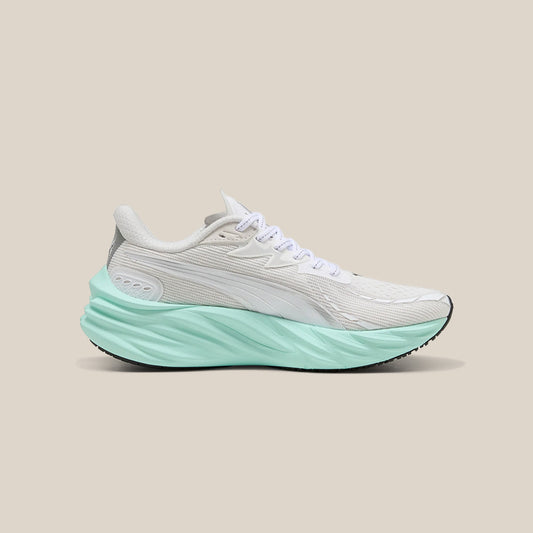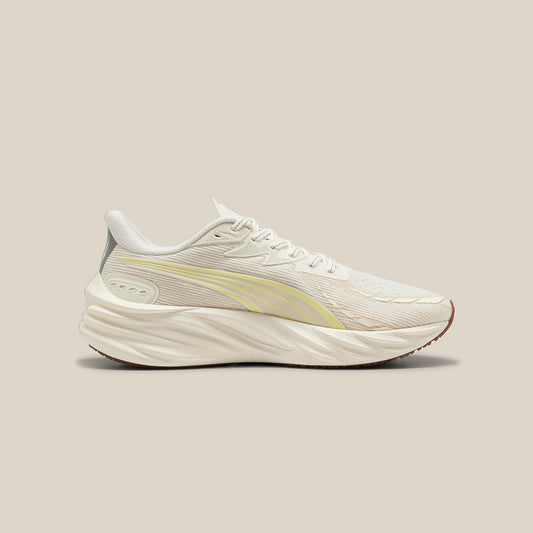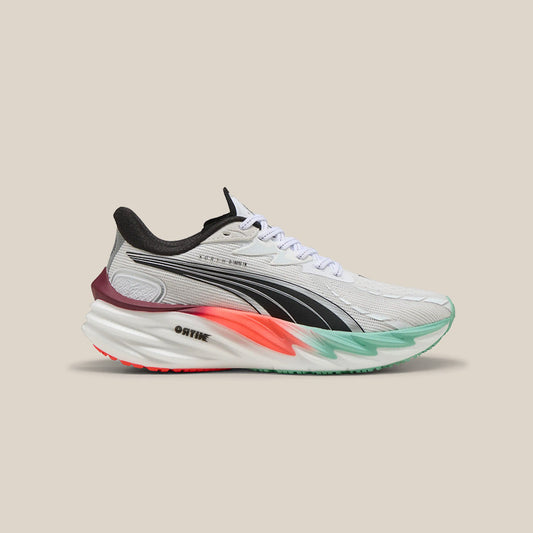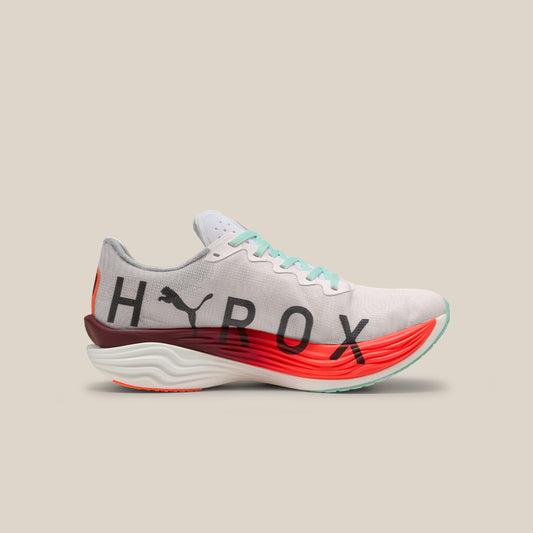What Makes the Perfect Hybrid Shoe?
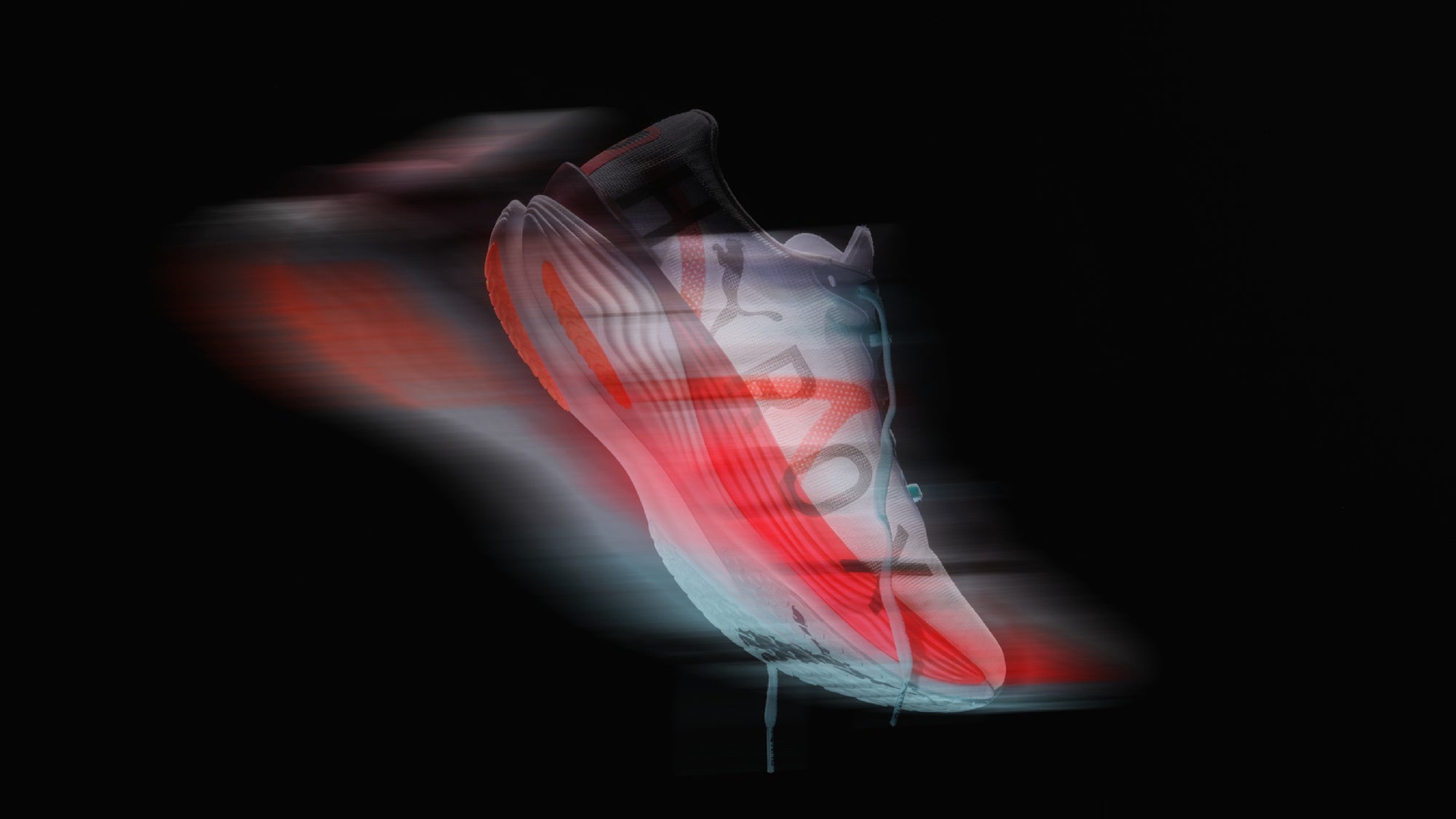
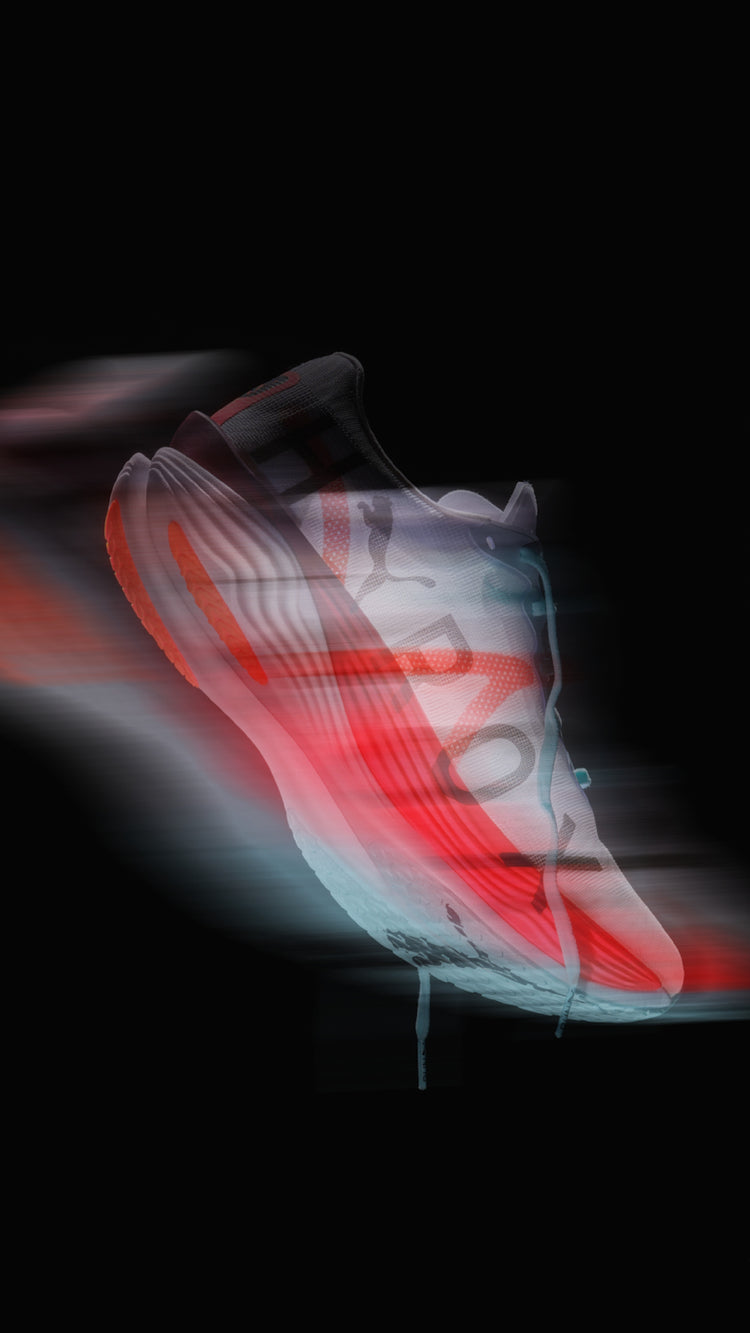
WIT IS TRAINING
WIT IS TRAINING
WIT IS TRAINING
WIT IS TRAINING
WIT IS TRAINING
WIT IS TRAINING
WIT IS TRAINING
WIT IS TRAINING
WIT IS TRAINING
WIT IS TRAINING
The eternal struggle to find one shoe that actually does it all.
Is it a running shoe? Is it a training shoe? Well, obviously, as the name suggests, it exists somewhere in the middle ground. But what are the defining characteristics that actually create a shoe capable of performing in this elusive domain?
To dissect this properly, it’s worth examining the key attributes it should possess. It needs to be responsive enough for running, jumping, and essentially any movement that is fast and dynamic. Yet it must also deliver stability under external load, behaving more like a traditional training shoe when strength and control are required. And it absolutely must be grippy. Sled pushes in a shoe that cannot grip the floor are not only punishing, but verging on tragic. There’s nothing less heroic than a heel bulging through the back of your shoe while a loose collection of socks oscillates limply around your ankle as you fail to move the thing.
Now, you might be thinking, “It sounds rather difficult for a single shoe to excel in all these areas.” And you’d be right. Which is why, at the WIT Shoe Lab, we’ve spent some time studying this paradox. We asked, “What does a Hybrid Athlete genuinely require from a shoe? And what don’t they?” What we discovered is that excelling in this category is less about perfect equilibrium and more about strategic compromise.
Here’s the formula we’ve arrived at.
*Clears throat*
The ideal Hybrid shoe is the fastest, lightest and most responsive running shoe you can find that still provides sufficient grip, stability and structural integrity to perform through strength dominant movements, without burdening the athlete with excess weight or compromising its inherent runnability.
Because, after all, most Hybrid races are predominantly running. Take Hyrox, for instance. Eight kilometres of running in total. While the sleds, lunges and wall balls may steal the spotlight, running still constitutes around half of the event. Athletes spend roughly forty five to fifty five percent of their total race time moving between stations. It’s only logical, then, that the shoe should be engineered primarily for running.
We’ve assembled a selection of our top picks for Hybrid shoes pairs designed to dominate the running segments while maintaining locked-in grip, unwavering stability and just enough rigidity in the upper to support the foot and ankle through everything else.
Check them out below.
